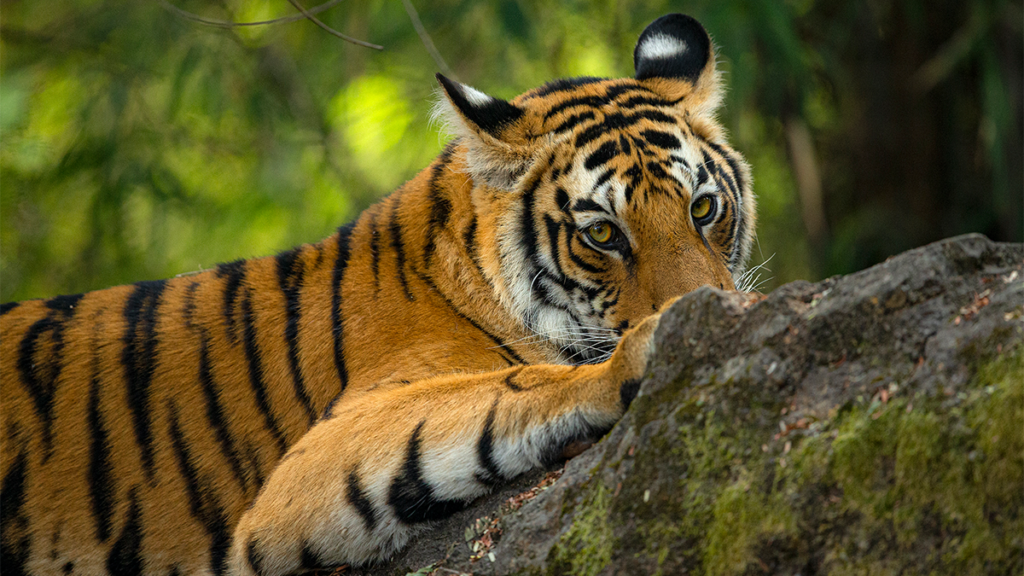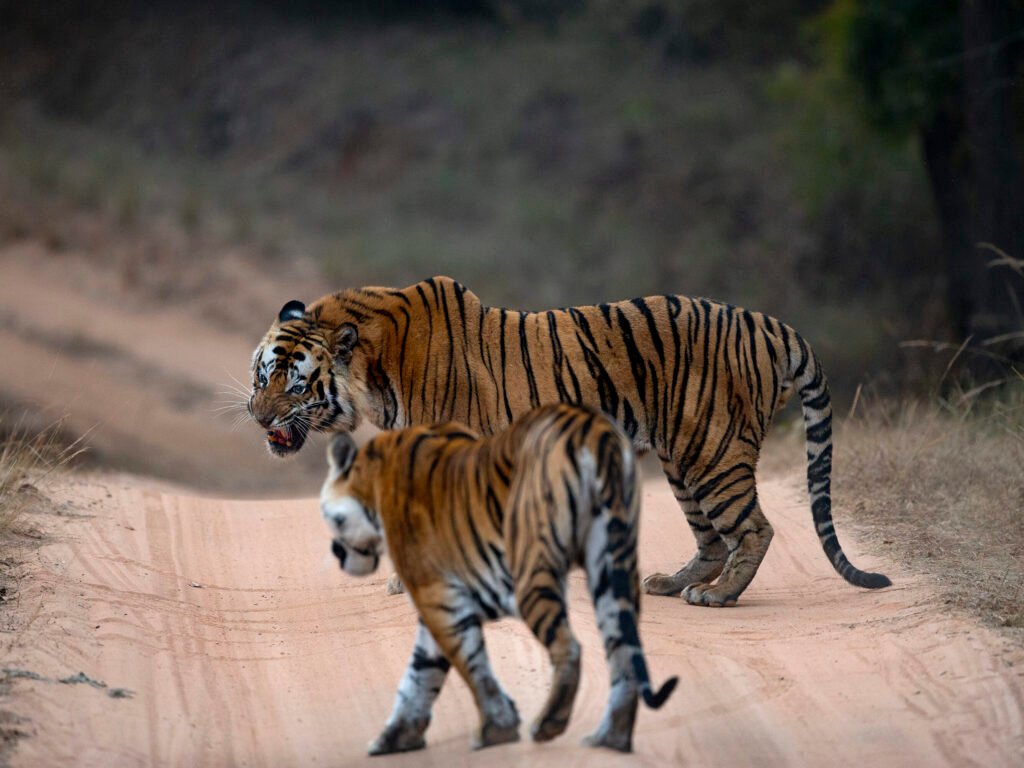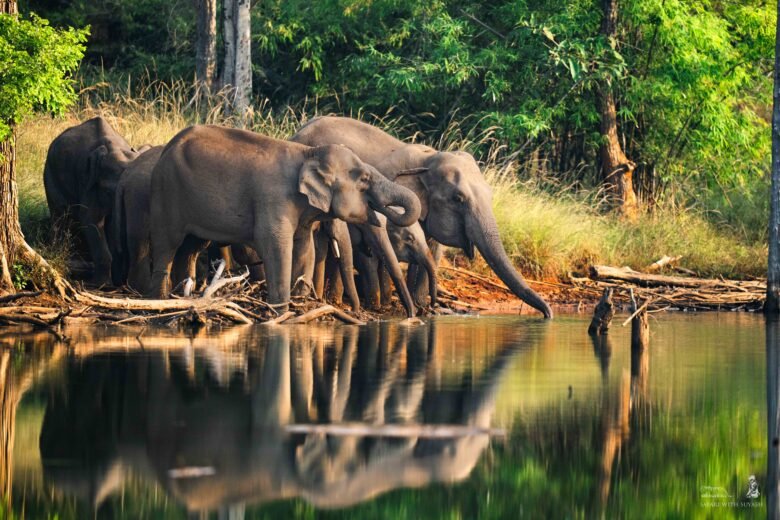India’s tiger population has been steadily increasing- a positive sign that many of us celebrate. However, beneath this encouraging statistic lies a pressing concern that few are aware of: this growth in numbers is not sustainable.


The Harsh Reality About The Rising Tiger Numbers
According to the 2022 census, India is home to 3,167 tigers across more than 50 reserves, but there exists a stark disparity in how these majestic creatures thrive across different regions.
Take Bandhavgarh, for instance. With an area of just 1,538 square kilometers, it is currently inhabited by over 200 tigers. This has led to overcrowding—an imminent threat to the health of the ecosystem and the very survival of the species. In stark contrast, Ramgarh Vishdhari in Rajasthan, located near the famed Ranthambore National Park, boasts an expanse of 1,500 square kilometers but is home to only one solitary tiger. Such discrepancies underscore a significant imbalance in tiger distribution across the country.

Aiming For a Sustainable Solution
Many of India’s tiger reserves are either devoid of tigers or struggling with overpopulation in other areas. For the health of the tiger population and biodiversity as a whole, we need a strategic shift-
- More land must be designated as tiger reserves
- Relocation of tigers from overcrowded areas to the deficit areas.
This approach is essential for ensuring that the rise in tiger numbers is sustainable amidst rapid economic development.
Do We Have a Hand in it?
As we strive to progress, we have unwittingly begun encroaching on ecologically sensitive regions. Infrastructure projects—roads, agricultural fields, and railway lines—are being built in and around national parks, fragmenting habitats and creating barriers that hinder wildlife movement.
The result- A stark disparity between today and tomorrow.
Tigers seeking to escape from overcrowded areas face insurmountable obstacles. Years ago, a tiger could traverse natural corridors linking various reserves, but today, those pathways have been severely restricted.

For example, a tiger from Bandhavgarh can now only access Sanjay-Dubri Tiger Reserve through a narrow corridor, a reality that starkly contrasts the former connections between Bandhavgarh, Kanha, Panna, Pench, Tadoba and then more protected forests, which together facilitated a thriving population of tigers and other wildlife. This fragmentation is detrimental, not only for tigers but for the entire ecosystem.
This Impacts the lives of Tigers
If you have read about SOLO’s story, you already know how this situation impacts the lives of tigers living in the surplus areas. To summarize, it’s the story of a tigress who grew up as an independent queen, fought many battles throughout her years as an adult- many more than she should have- and came out victorious. But ultimately, this tigress met her end in the most devastating way. This is a story that speaks to the true impact of this crisis. Read Part 1 of Solo’s story here


But it’s not too late- we can fix this!
We stand at a critical juncture in wildlife conservation. The decisions and policies we implement today will shape the future of our tigers and overall biodiversity. It is imperative that we rally support from policymakers and stakeholders who can influence positive change. Together, we must advocate for the creation of wildlife corridors, expansion of protected areas, and ensure that every tiger has the opportunity to thrive in a healthy and balanced ecosystem.
Let’s work together to ensure a sustainable future for every single tiger. Share this message with those who hold the power to influence policy, and let’s collectively strive for a world where our majestic tigers can roam freely across their natural habitats once again. The vitality of our ecosystems hinges on the actions we take today—let’s make them count.


